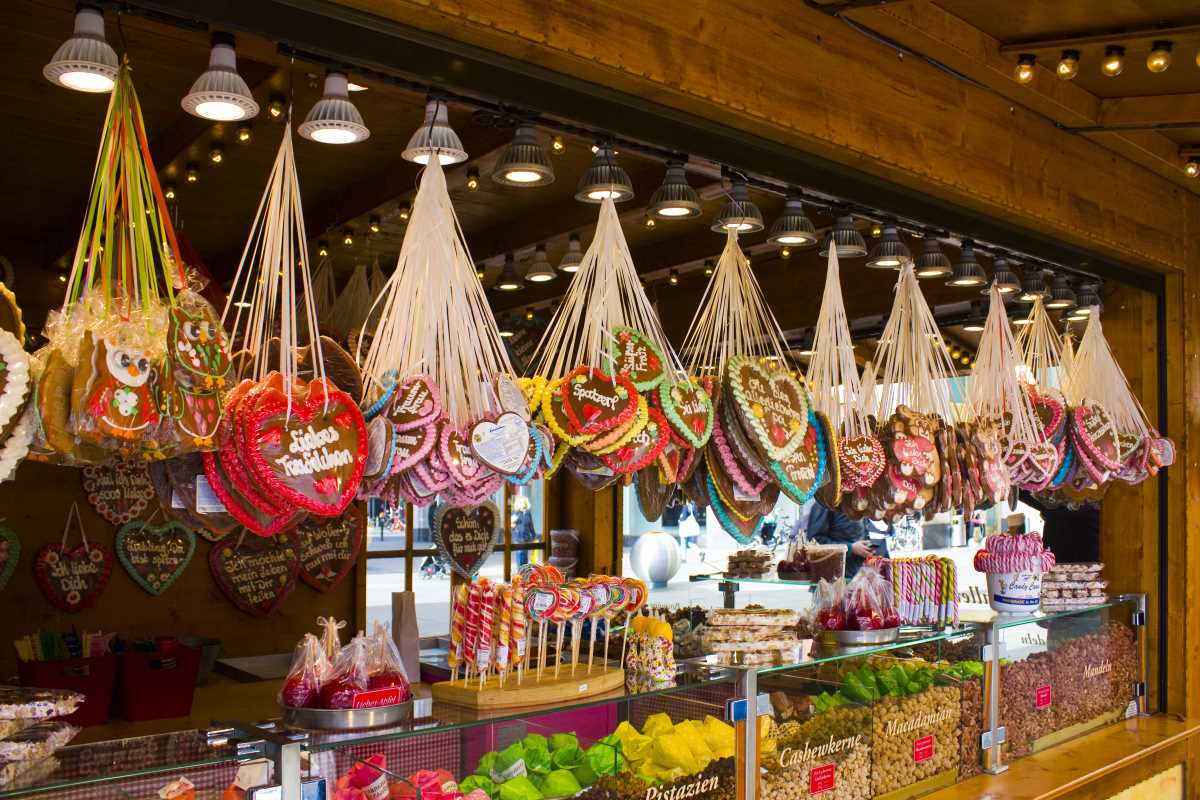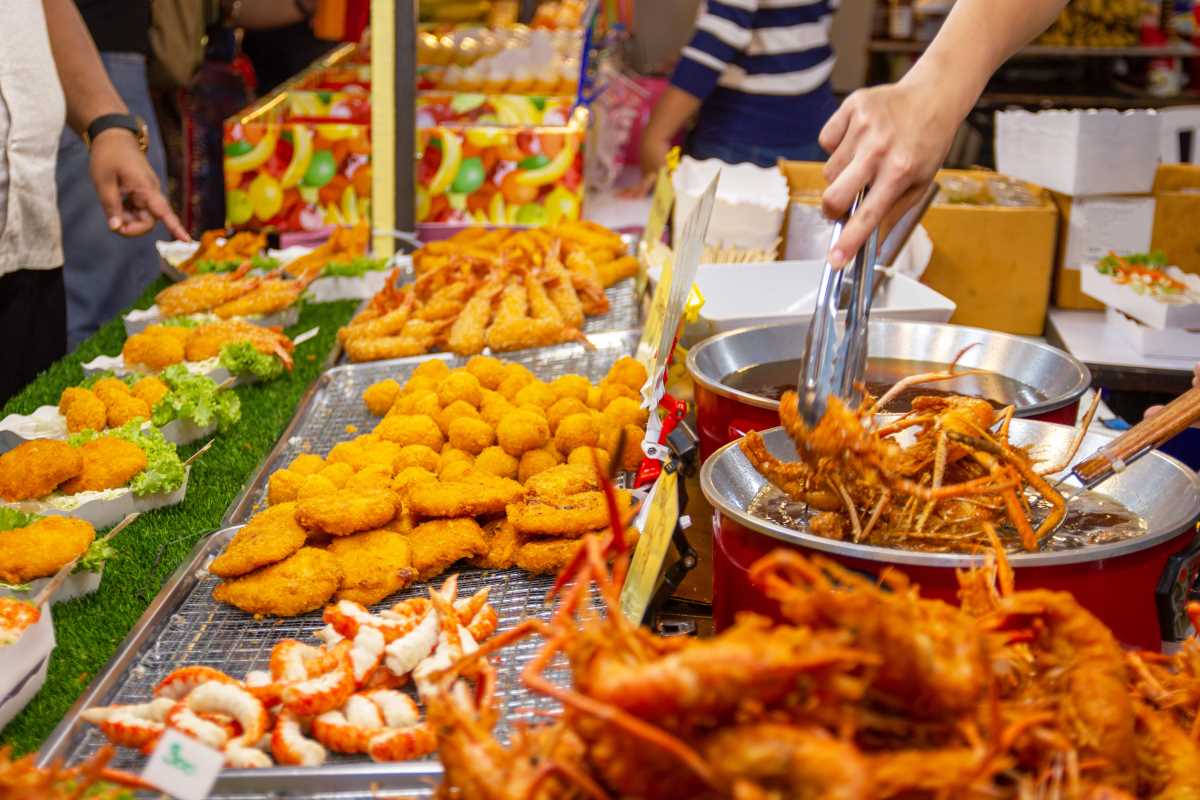Finding the right way to combine travel, cultural immersion, and meaningful service sparks genuine excitement in curious souls. When you set out to volunteer in a new country, you glimpse remote markets, lively kitchens, and family-run farms—all while contributing to local communities. Whether you chop produce alongside farmers or guide visitors through historic alleys, that hands-on experience shifts your perspective. This journey starts when you choose a program built around your passions for food traditions, community life, and cultural exchange.
Uncharted Currents of Self-Discovery
The real transformation happens beyond the standard “benefits of volunteering” pitch. Imagine harvesting heirloom tomatoes with farmers who pass down recipes orally, or co-creating a community cookbook with elders. That process weaves your story into their daily rhythms and reveals facets of yourself you didn’t know existed. You develop patience by following slow-cooked traditions, gain empathy as you translate between languages and break bread together, and learn humility when a child’s laughter echoes through a village courtyard.
As you navigate marketplaces bursting with unfamiliar spices and storefronts adorned with hand-painted signs, you sharpen observation skills that travel guides can’t teach. By sharing cooking methods or translating local folktales for recipes, you bridge cultures in real time. This sparks personal transformation in ways that a typical checklist never captures. Through sensory exploration—tasting street snacks under lantern light or swapping stories around a crackling fire—you unearth fresh motivations for growth that resonate far beyond your departure date.
Targeted Roadmap for Placement Success
- A local community liaison service connects you directly with host families who prioritize food traditions and daily rituals. It streamlines matching based on your dietary interests and language level. Steps: 1) Submit a personal culinary interest profile and language assessment. 2) Attend a preparatory video call to discuss meal routines. 3) Review potential family profiles and confirm arrival dates. 4) Pay a sliding-scale placement fee, typically $100–$300 depending on region. 5) Receive a contact list for grocery markets and spice vendors. Cost varies by country; most services operate in Latin America, Southeast Asia, and parts of Eastern Europe. Insider tip: Request video tours of the host kitchen before arrival to gauge cooking facilities and storage space.
- A volunteer project exchange platform offers short-term assignments combining cooking workshops and sustainable farming activities at rural retreats. You pick themed modules like fermented foods or herb cultivation. To use it effectively: 1) Create an account highlighting your culinary background and special interests. 2) Browse modules by region and skill focus, filtering by duration from two weeks to two months. 3) Secure placement with a small deposit, usually $150. 4) Coordinate travel and meet your farm guide on-site. 5) Use the platform’s in-app messaging to arrange local SIM cards or bike rentals. Availability centers on Mediterranean and Pacific Island programs. Pro tip: Opt for off-season months to access discounted rates and less crowded workshops.
- An academic partnership network teams universities with grassroots NGOs for semester-based cultural exchanges emphasizing regional gastronomy. It uniquely blends classroom seminars with hands-on cooking labs led by village chefs. Here’s how to enroll: 1) Contact your university’s global programs office to express interest. 2) Apply through the network’s portal, submitting transcripts and a culinary essay. 3) Secure scholarship consideration by detailing budget constraints. 4) Attend orientation sessions focusing on cultural etiquette and health precautions. 5) Finalize travel insurance that covers food-related activities, like farm-to-table tours. Costs align with academic credits and living stipends; locations range from North Africa to Central America. Insider warning: Confirm whether kitchen tools travel restrictions affect your ability to bring specialty knives.
- A language-and-cooking immersion retreat run by sustainable tourism cooperatives pairs you with local guides who lead daily market excursions and community dinners. It emphasizes dialogue over formal lessons. To participate: 1) Register online with a deposit equal to roughly 20% of total fees, around $200–$400. 2) Choose lodging type—homestay, guesthouse, or eco-lodge—each with different price tiers. 3) Receive a customized itinerary highlighting local bazaars and harvest festivals. 4) Join pre-departure group chats to coordinate travel buddies. 5) Arrive ready to cook and converse, bringing a basic phrasebook. Most retreats operate in Southern Europe, West Africa, and the Andes. Pro tip: Pack reusable packaging for market purchases to support zero-waste practices.
- A regional agritourism volunteer co-op pairs you with artisan producers—cheese makers, olive pressers, cacao harvesters—who share niche techniques. It focuses on small-batch craftsmanship. Usage steps: 1) Sign up on the co-op’s public registry by specifying your artisanal interests and dietary needs. 2) Complete an introductory webinar on site safety and tool handling. 3) Book modules of one to four weeks in chosen specialties. 4) Coordinate directly with artisans for exact start dates and accommodation details. 5) Pay program contributions to cover materials, usually $50–$80 per week. This co-op serves Mediterranean islands, Central America’s highlands, and Southeast Asian archipelagos. Insider caveat: Check local permits for handling professional-grade equipment before arrival.
Every step of your journey weaves you more tightly into local customs and unfolds personal growth you never foresaw. As you pack your bags with fresh ideas and friendships, you’ll return with a new recipe for living that pays tribute to the vibrant communities you joined.







